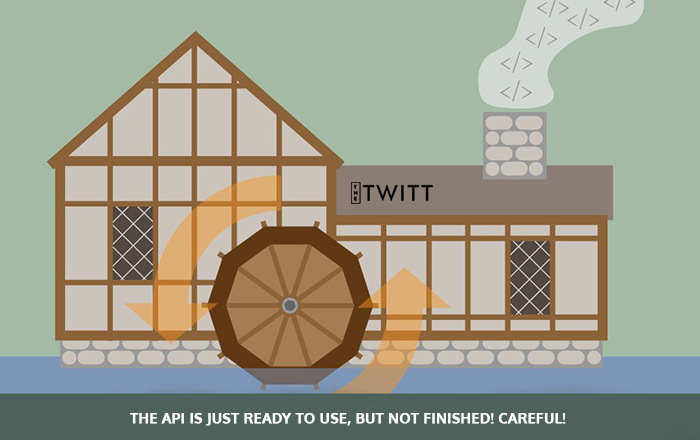The modern development scenario has changed a lot from preconceived notion where the earlier developers could just ‘develop and forget’, releasing the APIs for consumption and for their use. On the other hand, if we look at the current day scenario, the world is regarded as a common parlance of the yesteryear. The developer finishes a product now-a-days which usually means that the product is ready to use, but not finished yet and is open for new developments. It is never finished because of continual development. We can say in simple terms that the API you made is never released fully and is still capable to drastically increase your performance in the market. The API developer must change with the changing entities, adapt to them and provides services as required.
There are few things that should be kept in mind to actively support your continual development of your API in order to provide good services to the developer users. Firstly, one of the major mistakes that the developer makes is failing to understand that they have to limit their developmental scope. It is important to limit the scope because over-adding features will cause chaos and your API will suffer in quality and speed over time.
Secondly, is to set a particular timeline which will work as a marathon. Setting timeline is very important as it works as an effective milestone program which is temporary and changeable in nature. The more and more important features you can develop with a compressed time so, that different development frames can still be added. Thirdly, the API providers should consider the idea of future proofing in which they may not have all the functions required, but can be implemented, when required in the future to make projections.
Therefore, we should make changes for change in formats, functionalities and so on. One should never forget that your API is in continuous chain which can be used as development tool so that success can be easily achieved and kept.

